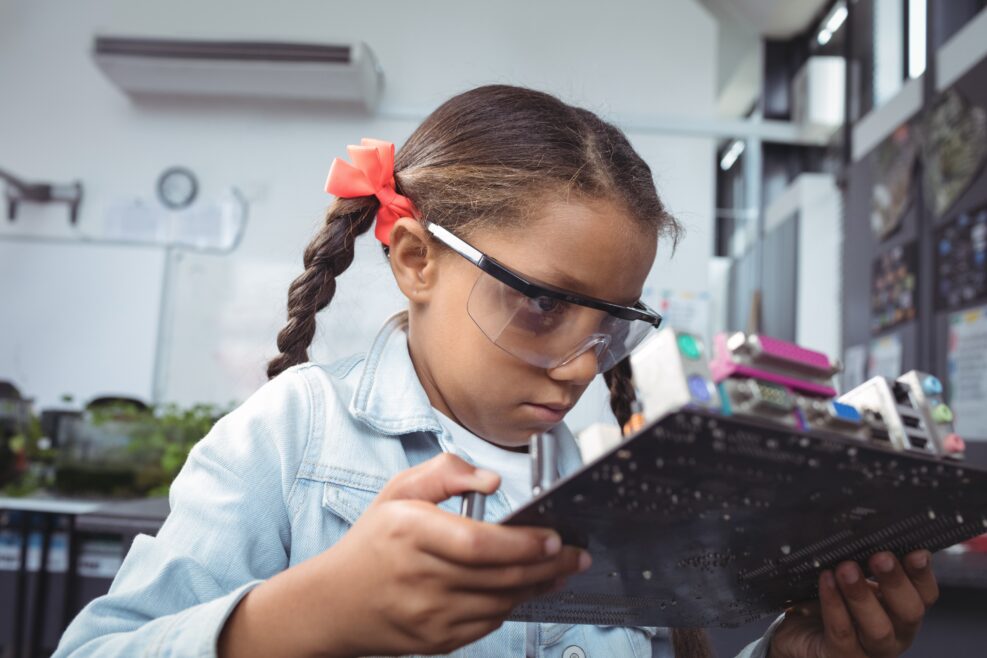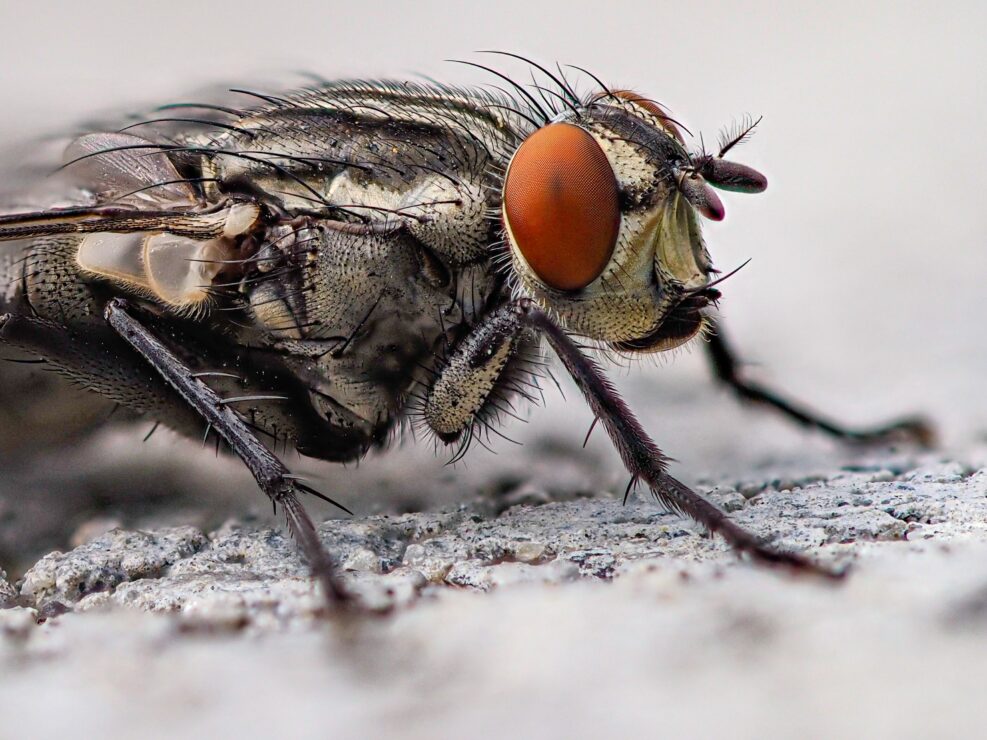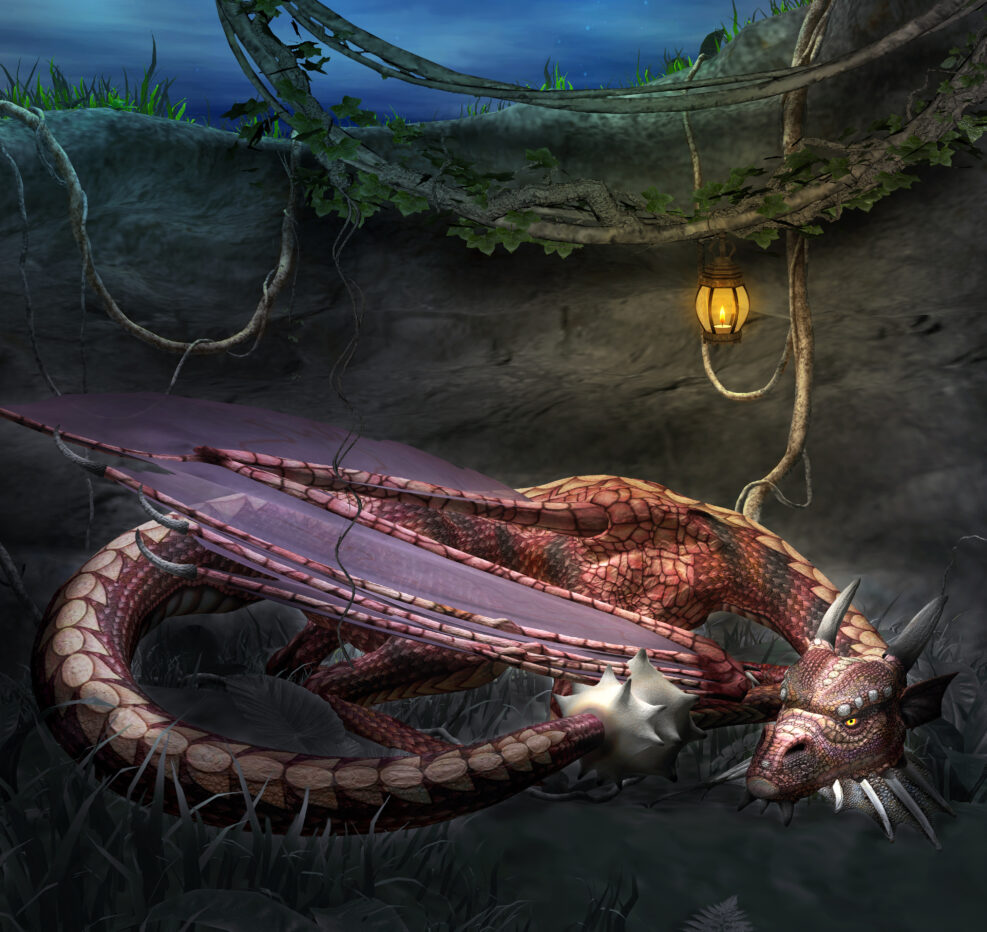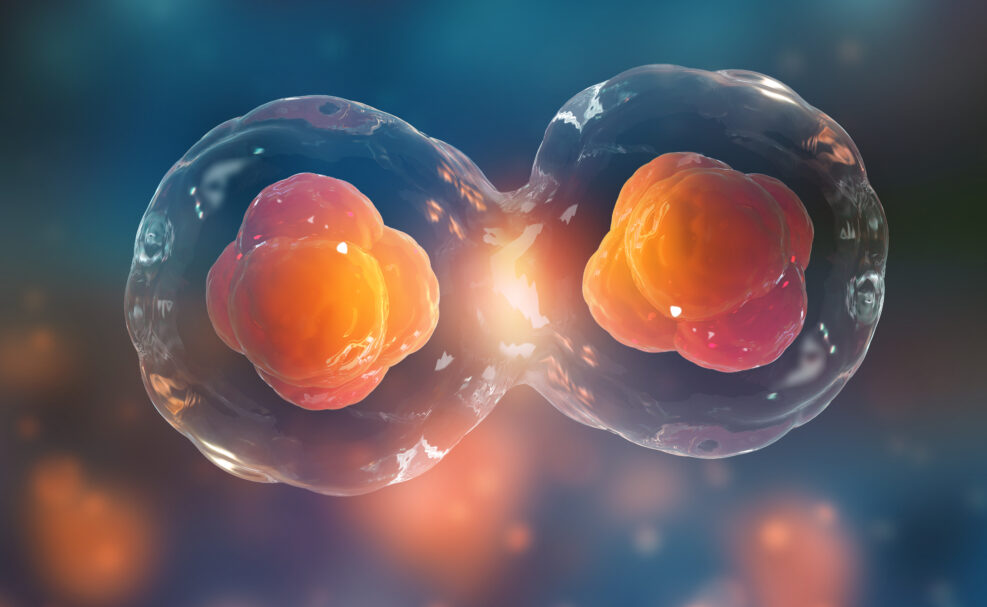
The Social Dilemma: You’re Not the Customer, You’re the Product
A new Netflix documentary explores the techniques used to explore, then shape and sharpen, our attitudes, values, and beliefsWhat is truth? This question has likely been pondered by man for as long as man has been able to ponder. How do you know that what you read or hear is true? How do you know that what you think is true? Why is it that people with different worldviews or belief systems can look at the exact same raw objective data and interpret it in radically different ways? The answers to these questions are important to “know”, insofar as anyone can know anything within a reasonable degree of certainty. However, in our society today, it is becoming more and more difficulty to determine what is true––with any degree of certainty. A recent 90-minute Netflix documentary, The Social Dilemma, Read More ›







